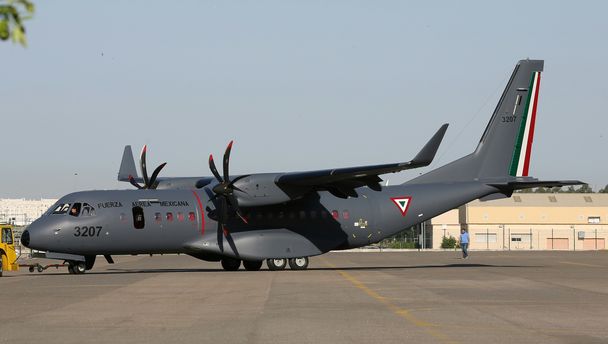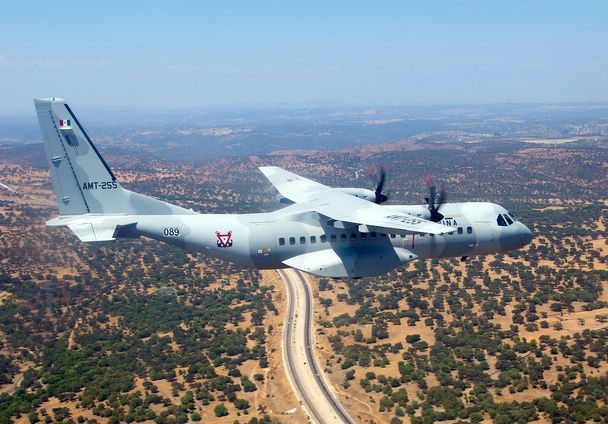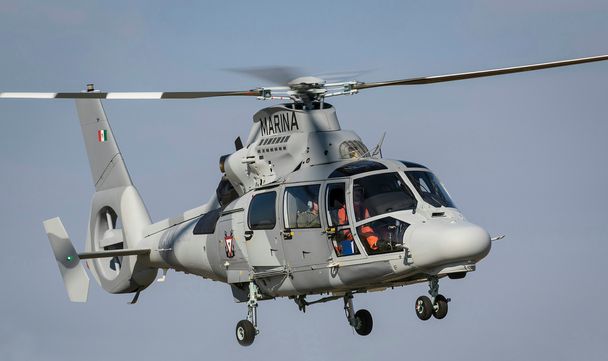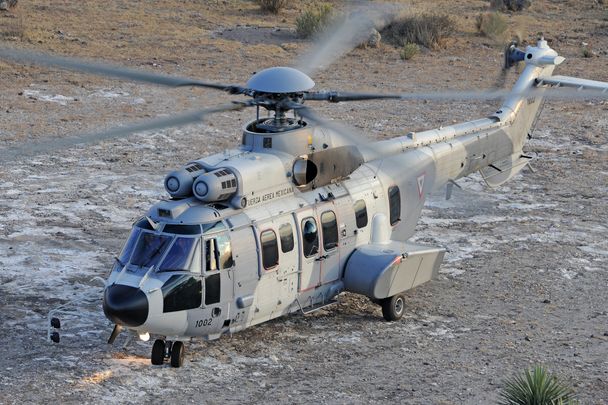Airbus solutions provide hurricane relief efforts in Mexico

In October of 2023, Hurricane Otis devastated Acapulco and surrounding communities in the State of Guerrero. With power lines knocked down, public services and communications no longer in service, the city’s infrastructure was in complete disarray. As the hurricane had ravaged homes and the area’s food and water supply, many residents, many of whom were injured, were left hungry and without shelter.

As a result, local operators, government authorities and armed forces were called upon to provide urgent support - and with the use of both military and civil Airbus aircraft, as well as satellite imagery and portable radios, they were quick to respond.
The very high resolution satellite imagery from the Pléiades Neo constellation provided to the authorities, enabled them to spot, measure and analyse the level of damage and flooding in the areas affected by the hurricane.
A Tetrapol mobile repeater and 30 TPH900 portable radios were also provided, enabling radio communications to be re-established between the various federal and state institutions and law enforcement agencies coordinating support in strategic areas of the State of Guerrero.
The C295, a robust military tactical transport aircraft that is often used for disaster relief missions, was employed by both the Mexican Armed Forces and the Secretary of the Navy. Acting as an air bridge between Mexico City and Acapulco, it transported essential supplies to the region and facilitated the delivery of humanitarian aid.

"Disaster management is most efficiently addressed through the employment of assets ranging from Space to Earth, ensuring a rapid reaction capability. During Hurricane Otis, the access to satellite imagery to assess the terrain, the availability of secure communications that connected the rescue forces involved, and the readiness of the transport fleet to deliver personnel and goods to the most affected areas allowed us to properly assist Mexico in such difficult times," said Víctor de la Vela, Head of Latin America at Airbus Defence and Space.
Military helicopters also played an important role in providing immediate support. AS565MBe Panther helicopters from the Ministry of the Navy carried out missions to assist victims in the hours after the hurricane hit, and H225 helicopters from the Mexican Air Force flew over the port to provide aerial reconnaissance.

In addition, an H125 from the Ministry of the Navy and an H125 from the Government of Michoacán contributed to aeromedical missions to transport injured people in need of urgent care. Helicopters from customers such as Transportes Pegaso, through the Federal Electricity Commission (CFE), did not hesitate to get involved either, sending an H130and three H145 helicopters to carry out aerial and repair work and to restore power in the areas affected by the hurricane.

"When a disaster like Hurricane Otis occurs, time is of the essence. Helicopters are undoubtedly a unique tool when it comes to responding urgently to a natural disaster, because with a single platform, security forces can carry out missions such as search and rescue, arial command and control, medical evacuation, transport of rescuers, or loading of essential goods. We are very proud that our helicopters can perform these essential missions when people need them most,” shares Guillaume Leprince, Managing Director Airbus Helicopters Mexico.
With the help of local and government operators and Airbus’ range of solutions, support was provided promptly - a true testament to how a multi-assets approach is key when providing disaster relief.
